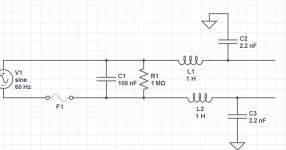.. it's unclear if the energized frame as on #10 or the unenergized frame as on #12 is the typical behavior of this washer on an ungrounded 2 wire circuit. It does show that there's a difference between circuits #10 and #12, the specifics of which have yet to be determined.
I suggest powering the washer with a known-good temporary 2-wire circuit and seeing if it develops a voltage from case to N. If it does, add the EGC and see if it goes away. If so and it's not defective then it simply can't be used on a 2-wire circuit (which the NEC and the instructions both tell you). And circuit #12 must somehow be bonding the washer case.
If it doesn't develop a voltage from case to N on a known-good 2-wire circuit, then there's some defect in the wiring on circuit #10, although I'm at a loss as to what sort of defect would exhibit the symptoms described.
Cheers, Wayne


